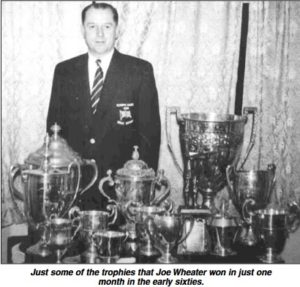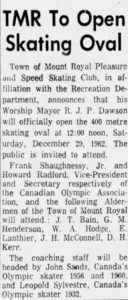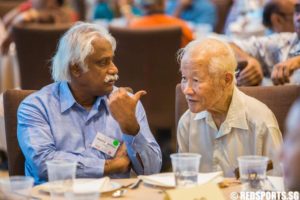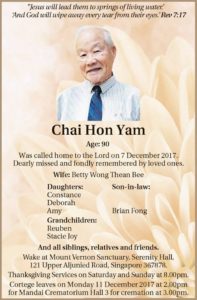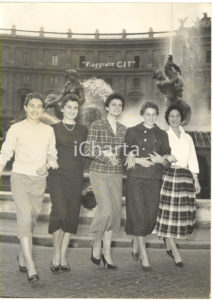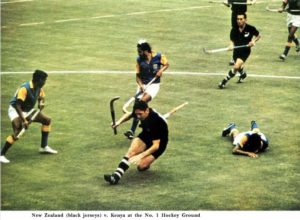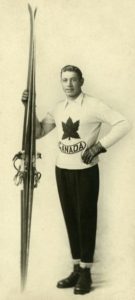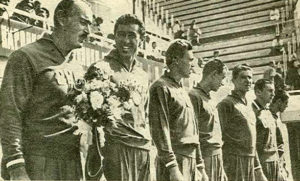Last week on Oldest Olympians, we looked at the case of British sport shooter Joe Wheater, a relatively famous sportsman in his time who died at some point in the 2000s, without any fanfare or so much as an obituary. Such an occurrence may seem rare but, as we have seen with many of our Olympic mysteries, it is not at all uncommon. Another case and point is that of the Olympian that we are blogging about today: India’s Harihar Banerjee, born March 1, 1918.
Banerjee competed in sport shooting at time when only the elite, or those with patrons, could take part. He soon rose to become India’s most prominent rifle shooter and captained the national team during the 1950s. In 1952 he became the first Indian to take part in the ISSF World Championships. A few weeks later, he earned the distinction of being the first Indian Olympic sport shooter, alongside Souren Choudhury, by competing in three events at the Helsinki Games: the Free Rifle, Three Positions, 300 metres; the Small-Bore Rifle, Three Positions, 50 metres; and the Small-Bore Rifle, Prone, 50 metres, where he placed 24th, 36th, and 29th respectively.
Banerjee also competed at the 1956 Melbourne Olympics, where he finished 35th in the Small-Bore Rifle, Three Positions, 50 metres event. Outside of sport, he was a physician who had trained at the Medical College and Hospital, Kolkata and had a long career in that city. After he died, an annual Memorial Air Weapon Shooting Championship was named in his honor.
The above would make it seem as if his life was wrapped into a nice biographical package, but there is one piece of information missing: his date of death. We had been paying attention to Banerjee for a while, as it seemed that he was still alive and active into his 90s, perhaps as late as 2011. We heard nothing definitive about him, however, until we discovered the Dr. Harihar Memorial Air Weapon Shooting Championship.
The tournament was in its third edition in 2015, which would suggest that he died c. 2011 or 2012. No one we contacted responded to our inquiries, however, and we cannot be sure that it did not take many years after his death before a tournament in his memory was organized. Therefore, we are left with another Olympic mystery: a sportsman so well-known that they named an annual local tournament after him, but apparently not so well-known that his death, occurring in the internet era, merited mention in any papers that we were able to locate. It is very likely that his obituary was published somewhere but, until we find it, he, like Wheater, will remain an Olympic mystery.
